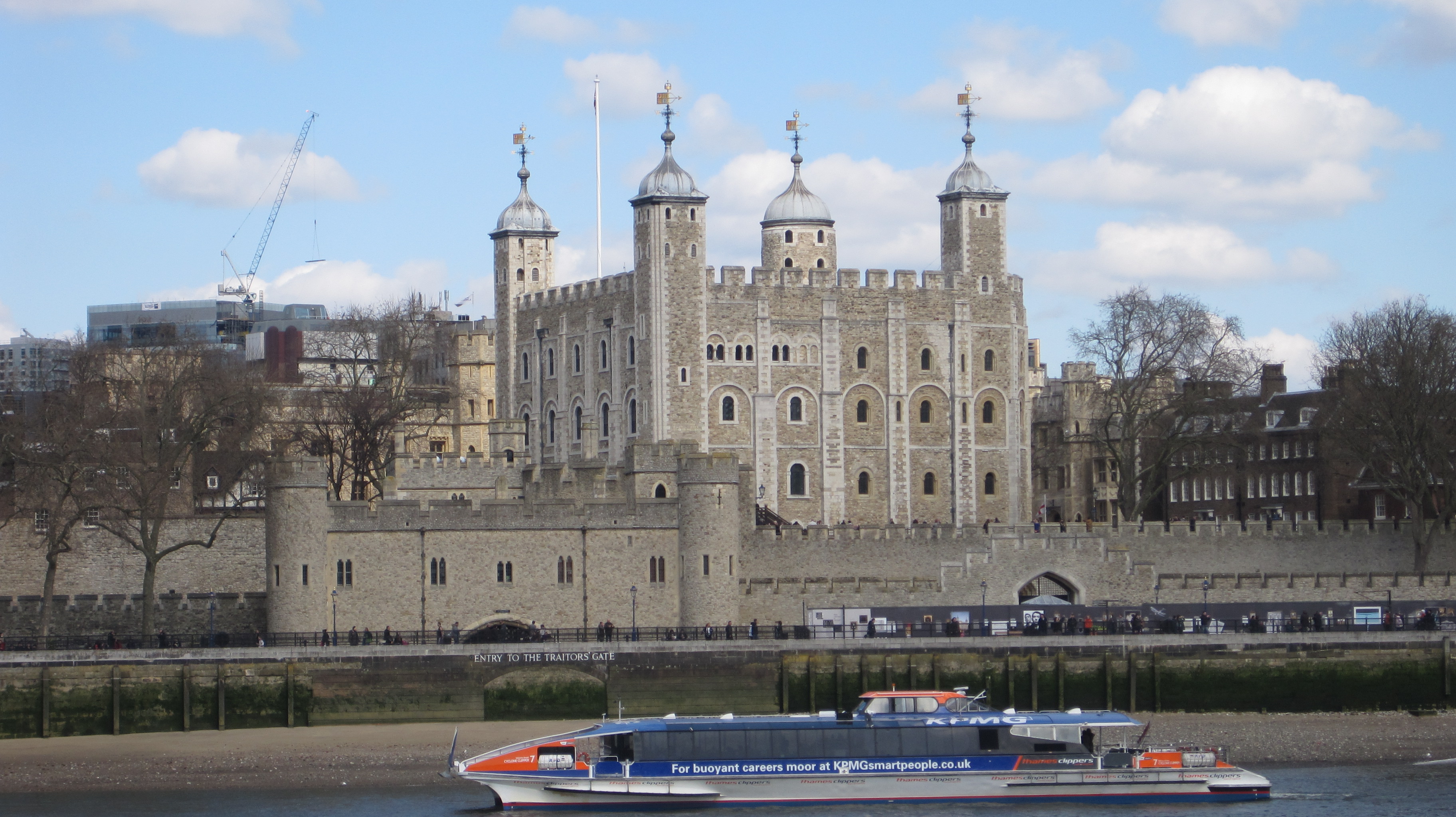The United Nations Educational, Scientific and Cultural Organization.
The purpose of the Organization is: “to contribute to peace and security by promoting collaboration among nations through education, science and culture in order to further universal respect for justice, for the rule of law and for the human rights and fundamental freedoms which are affirmed for the peoples of the world, without distinction of race, sex, language or religion, by the Charter of the United Nations”. – Constitution of UNESCO
UNESCO was founded by thirty-seven countries on 16 November 1945. It was ratified by twenty countries and came into force on 4 November 1946
Removed
The first site to be removed from UNESCO’s World Heritage list was the Arabian Oryx sanctuary in Oman.
Oman’s Arabian Oryx project was established in 1979 by ruler Sultan Qaboos bin Said to re-establish a wild population of the rare antelope that had been hunted into extinction in the wild.
The Arabian Oryx sanctuary was added to the list of world heritage sites in 1994.
In 1996, the population of the Arabian Oryx in the site had been 450 but by 2007 it had dwindled to 65. This was due to reducing the size of the protected area by 90% and Oryx poaching.
On 28 June 2007 the Oman’s Arabian Oryx Sanctuary became the first site to be deleted from UNESCO’s World Heritage List
Added
UNESCO added twenty six new sites to the World Heritage list in 2017. Among the new additions was The English Lake District.
“Located in northwest England, the English Lake District is a mountainous area, whose valleys have been modelled by glaciers in the Ice Age and subsequently shaped by an agro-pastoral land-use system characterized by fields enclosed by walls. The combined work of nature and human activity has produced a harmonious landscape in which the mountains are mirrored in the lakes. Grand houses, gardens and parks have been purposely created to enhance the beauty of this landscape. This landscape was greatly appreciated from the 18th century onwards by the Picturesque and later Romantic movements, which celebrated it in paintings, drawings and words. It also inspired an awareness of the importance of beautiful landscapes and triggered early efforts to preserve them. ” Description is by UNESCO under license CC-BY-SA IGO 3.0
The UK’s World Heritage Sites
There are 30 world heritage sites in the UK. The latest addition to the list is the Lake District which was added on Sunday, 9 July 2017.
- Blaenavon Industrial Landscape (2000)
- Blenheim Palace (1987)
- Canterbury Cathedral, St Augustine’s Abbey at St Martin’s Church (1988)
- Castles and Town Walls of King Edward in Gwynedd (1986)
- City of Bath (1987)
- Cornwall and West Devon Mining Landscape (2006)
- Derwent Valley Mills (2001)
- Dorset and East Devon Coast – Jurassic Coast (2001)
- Durham Castle and Cathedral (1986)
- Frontiers of the Roman Empire (1987)
- Giant’s Causeway and Causeway Coast (2001)
- Gorham’s Cave Complex (2016)
- Gough and Inaccessible Islands (1995)
- Heart of Neolithic Orkney (1999)
- Henderson Island (1988)
- Ironbridge Gorge (1986)
- Liverpool – Maritime Mercantile City (2004)
- Maritime Greenwich (1997)
- New Lanark (2001)
- Old and New Towns of Edinburgh (1995)
- Palace of Westminster and Westminster Abbey, including St Margaret’s Church (1987)
- Pontcysyllte Aqueduct and Canal (2009)
- Royal Botanic Gardens, Kew (2003)
- Saltaire (2001)
- St Kilda (1986)
- Stonehenge, Avebury and Associated Sites (1986)
- Studley Royal Park including the Ruins of Fountains Abbey (1986)
- The English Lake District (2017)
- The Forth Bridge (2015)
- Tower of London (1988)
How many have you visited?
